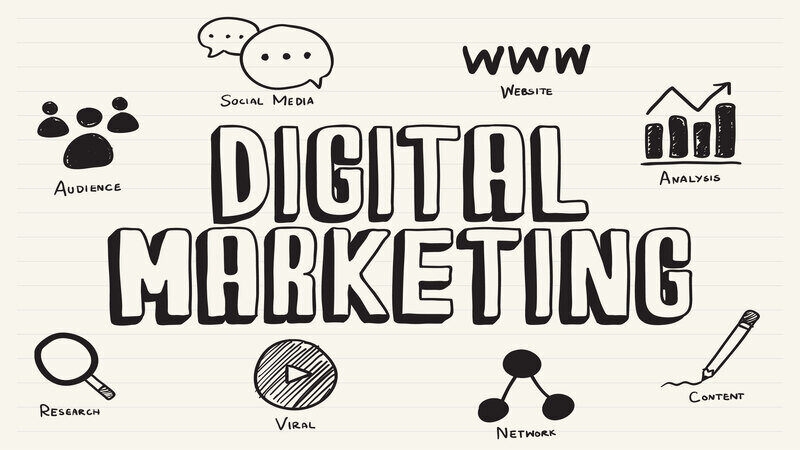
Are you trying to understand the difference between upstream and downstream marketing? This guide will give you an in-depth look into the two distinct approaches and teach you how to apply each in your next marketing campaign effectively.
Introduction
Definition of Upstream vs. Downstream Marketing
Upstream marketing (UM) is a type of marketing that focuses on creating awareness, generating leads, and providing initial customer support before making a sale. It is typically used with high-value consumer products or services and involves tactics such as market research, advertising, public relations, content creation, and social media.
Downstream marketing (DM) is the opposite of UM and focuses on post-purchase customer service, increasing customer loyalty and retention, and upselling. It typically includes tactics such as cross-selling, upselling, promotional offers, loyalty programs, and customer feedback surveys.
Upstream Marketing
Key Components
The critical components of UM are:
- Market research – Market research is used to understand and identify target audiences and uncover insights about customer needs and behaviors.
- Advertising – Advertising aims to reach target audiences and create awareness of the product or service.
- Public relations – Public relations is used to build relationships with the media and other stakeholders to generate positive publicity.
- Content creation – Blogs, videos, podcasts, whitepapers, and other materials provide helpful information to prospects and customers.
- Social media – Social media is used to build customer relationships and engage with target audiences. Marketers approach social media networks holistically when exercising UM, creating unique content, and interacting with followers. They also readjust publications and take advantage of Instagram reel maker, for instance, to secure posts’ high readability and engagement.
Benefits
The main benefits of UM are:
- Connecting with target audiences and generating more leads
- Increasing brand awareness and building relationships
- Improving customer support
- Creating trust and credibility

Downstream Marketing
Key Components
The critical components of DM are:
- Cross-selling – Cross-selling encourages customers to purchase related products or services.
- Upselling – Upselling reinforces clients to purchase higher-value items or products that offer additional features or benefits.
- Promotional offers – Promotional offers such as discounts, coupons, and rebates are used to encourage customers to purchase items.
- Loyalty programs – Loyalty programs reward users for purchasing products or services.
- Customer feedback surveys – Customer feedback surveys gather insights into consumer satisfaction and product improvements.
Benefits
The main benefits of DM are:
- Increasing customer loyalty and retention by delivering value beyond a product or service
- Improving the customer experience and increasing customer satisfaction
- Generating an additional revenue stream through upsells and cross-sells
- Gathering valuable insights into client’s needs and preferences
Choosing the Right Strategy for Your Business
Examining Goals and Objectives
When deciding on a strategy, it’s vital to examine the goals and objectives of your company. Does your company need to create awareness in the market or nurture existing customers? Are you looking to increase lead generation or customer loyalty? Consider whether a UM or DM strategy will best meet your needs.
Evaluating Potential Strategies
Once you’ve determined your company’s goals, evaluating potential strategies is critical. Look at the tactics you plan to use to reach your target audiences, such as advertising, public relations, content creation, and social media. Consider the cost and resources needed to implement an upstream or downstream strategy and compare the ROI of each method.
Implementing Your Upstream or Downstream Strategy
Establishing Timelines and Resources
Once you have chosen a strategy for your business, it’s crucial to establish timelines and resources for its implementation. Set a timeframe for each tactic you plan to use and ensure you have the resources available to execute it.
Utilizing Tools and Technologies
Remember to use tools and technologies tailored to each system. For example, if you’re using upsells or cross-sells as part of your DM strategy, look for tools that will help you identify upsell opportunities and automate the process.
Gathering Data to Monitor Performance
No matter your strategy, accumulating data to track performance and measure success is essential. Utilize tools and technologies to track key performance indicators, such as customer lifetime value, customer acquisition cost, and cost per lead. Consider gathering information about website visits, social media posts, and email campaigns.

Common Mistakes to Avoid
Overlooking the Impact of Team Dynamics
When implementing a UM and DM strategy, it’s critical to consider the impact of team dynamics. Identify potential barriers that might prevent success, such as lack of communication or resources, and address them quickly. Ensure all team members understand their roles and how their efforts contribute to the strategy’s success.
Ignoring the Role of Personalization
In today’s competitive environment, personalization is key to success. When implementing a strategy, incorporate personalization into tactics such as emails and social media. Use data to understand their needs and offer tailored solutions to drive engagement.
Underestimating the Need for Automation
As part of any strategy, automation can be a powerful tool for increasing efficiency and reducing costs. Automation can schedule social media posts, follow up with leads, and foster existing clients.
Conclusion
Upstream and downstream marketing are two distinct strategies used by companies to reach customers and generate sales. When choosing between a UM or DM, consider the goals of your company and the customer segment you are targeting. Examine the tactics you plan to use, such as advertising, public relations, content creation, and social media, and evaluate potential strategies to determine the best fit for your business. Utilize tools and technologies to track performance, measure success, and incorporate personalization and automation into your plan for maximum efficiency and returns.
- Log in to post comments